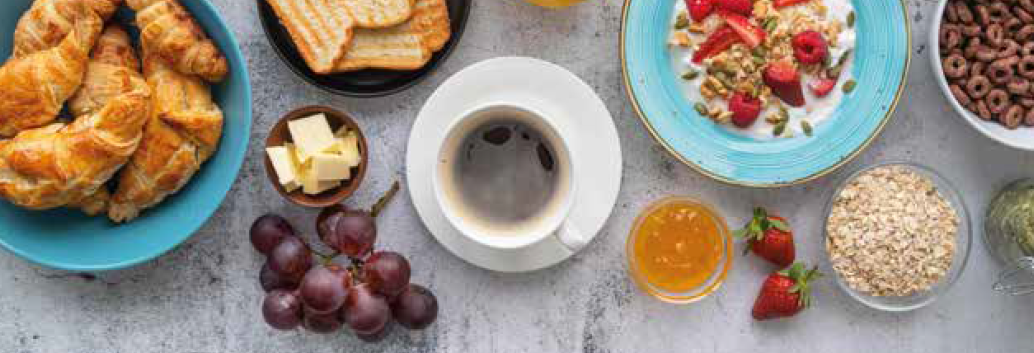
A new year is a new beginning. January is often the time we make new plans and resolutions, such as eating healthier or losing weight. However, sticking with these good intentions is not easy - our effort often does not last long when we meet our greatest nemesis - food cravings, the intense desire to eat a certain food right away. These foods are usually highly palatable, and processed, containing high amounts of fat, sugar and sodium. Examples include cheese, potato chips, cookies, and cakes, just to name a few.
People often blame these food cravings on bad eating habits, sweet tooth, or lack of self-control. While these may be true to a certain extent, there are neurobiological reasons why we struggle to stop at "just one". According to scientists, the regulation of food intake is actually affected by both homeostatic and hedonic factors. The former are related to how body monitors energy balance and nutritional need by increasing the desire to eat when the body lacks energy or certain nutrient. In contrast, the latter are considered unrelated to nutritional or energy requirements, but are related to the brain's reward system instead. The highly palatable food triggers the release of dopamine, serotonin and endogenous opioids, neurotransmitters that makes you feel good when you eat them, even when you are not hungry. When you know that these neurotransmitters are also involved in drug addiction, you may understand why it is so hard for us to stop returning to these highly palatable foods.
If you have cravings only once in a while, you may not need to worry about it. However, if you find you have addictive-like eating behaviour towards a certain food (you may score yourself using the survey on the second page), here are a few tips from Dr. Neal Barnard, the president and founder of the Physicians Committee for Responsible Medicine, to help you keeping your resolutions to combat food cravings this year:
- 1. Start with a healthy breakfast. If you miss your breakfast, you are more likely to eat more at lunch and have snacks during the day.
- 2. Choose foods that hold your blood sugar steady. Go for high-fiber and low-GI foods in your meals. They prevent a blood sugar roller coaster and make you feel full longer, making you less tempted to food cravings.
- 3. Boost appetite-taming leptin. Leptin is a hormone that is produced by your body's fat cells and tells your brain that you have enough fat stores, so you can eat less or stop eating. Very-low calorie diet usually does not work as it causes loss of body fat and decreases leptin levels. On the other hand, low-fat foods tend to increase the amount of leptin in bloodstream, and boost its ability to work.
- 4. Break craving cycles. Break up the cues that tend to trigger your food cravings by shaking up your routine - you may visit different places, meet new people and develop new healthy habits such as exercising.
- 5. Exercise and rest. Cravings kick in easily when you experience stress or anxiety. Getting active and enough rest are healthier means, compared to finding comfort in food. When you are fit and well-rested, you are also more resilient in the face of temptation.
- 6. Call in the reinforcements. Gaining support from family and friends is helpful during your adaptation to healthier diet and routine.
- 7. Use extra motivators. Find a motivation that matters to you. Keeping that motivation in mind helps you to reject temptation and maintain a healthy diet.

















